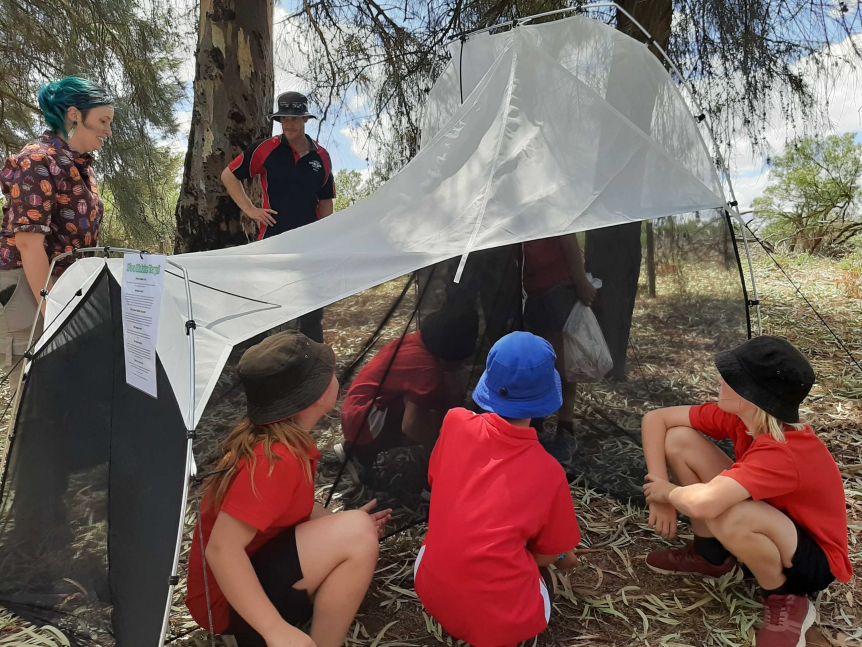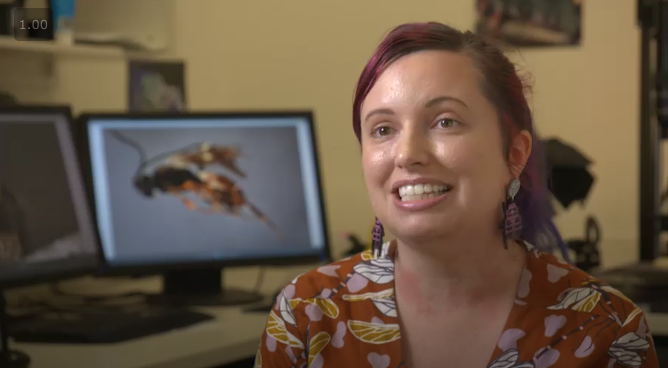Regional SA kids consider naming new wasp species after coronavirus
An exciting find by Ramco Primary School proves there are still many wasp species yet to be discovered.
Dr 听has spoken to听听and ABC Radio about a project she leads which focuses听on discovering and documenting native Australian wasps. As part of this project she visits primary schools and trains students to catch insects using malaise traps.
She visited the students at their school in South Australia's Riverland in February and trained them to use large tent-like structures, where students discovered a significant听. Surprisingly, eighty per cent of wasps are yet to be classified in Australia.
The wasp, which was yet to be named, was of the genus Glyptapanteles听in the subfamily Microgastrinae, a parasitoid of butterflies and moths.
"The females lay their eggs inside live caterpillars and then the baby wasps eat them from the inside out," Ms Fagan-Jeffries said.

Students were being encouraged to come up with a name for their discovery and were听thinking of a name to do with the coronavirus.
Dr Fagan-Jeffries said the students had proved themselves successful insect investigators, but she did not expect their efforts would end there.
She said Waikerie Primary School students, who were also taking part in the project, might be onto a new wasp species themselves.
"There's a [parasitoid wasp] in the Waikerie trap from the genus Cotesia," she said.
"There's quite a few already described species [in this genus], so there's a bit more work to rule out that it's not one that's already named."
Excerpt from .
Update 2nd June 2020
Dr Fagan-Jeffries and the school children have been featured on ABC's (BTN).


Newsletter & social media
Join us for a sensational mix of news, events and research at the Environment Institute. Find out about听new initiatives and听share with your friends what's happening.
听听听
